
묘신지 사찰 단지 #1
Larry Knipfing묘신지 사찰 단지는 갈 때마다 어떤 순간적인 기쁨을 발견하게 될지 모르기 때문에 내가 교토에서 가장 좋아하는 곳 중 하나이다.

Adashino Nenbutsu-ji is a Buddhist temple in Ukyo-ku, Kyoto, Japan. In 811 Kūkai is said to have founded a temple, then Honen altered it to the present Nenbutsuji. [Wikipedia]

묘신지 사찰 단지는 갈 때마다 어떤 순간적인 기쁨을 발견하게 될지 모르기 때문에 내가 교토에서 가장 좋아하는 곳 중 하나이다.

묘신지 사찰은 린자이 선종에 한 곳에 모여 있는 46개의 사찰들로 이루어진 독특한 사찰 단지다. 이느 사찰은 대중에게 개방되어 있는 반면 어느 몇몇은 그렇지 않다.

5월 초에 방문한 이번 여행은, 내가 전에 방문했던 몇몇 장소들을 재방문했는데, 왠일인지, 가 본 곳들 모두 다르게 보였다!

킨규인에서, 바깥쪽 문이 열려 있어서 들어가봤다. 아무도 없었고, 안쪽은 문은 닫혀있었다. 뭔가가 눈에 띄자 나는 떠나려고 돌아섰다. 그리고 또 다른 것. 또, 다른 것.
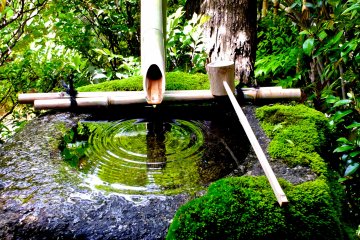
다이호인 사찰 정원: 대나무에서 물이 떨어지는 소리가 새의 달콤한 목소리와 섞인 분수대를 덮고 있는 작은 이끼에 섞여 나왔다.

Taizō-in is the oldest sub-temple of the Myōshin-ji Rinzai Zen Buddhist temple, situated in the northwest of Kyoto, Japan. It was founded by Zen priest Muinsoin in 1404. The original temple buildin...
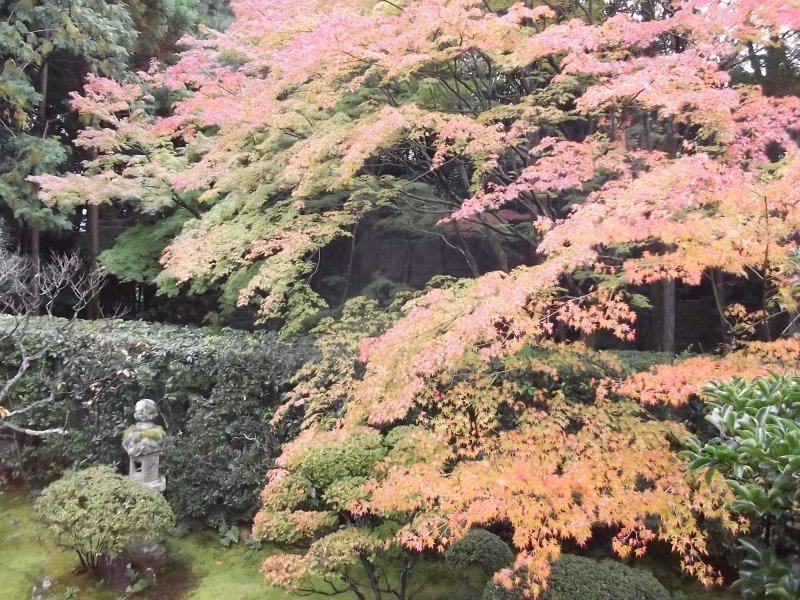
Keishunin (桂春院) is one of the sub-temples of Myoshin-ji containing gardens and a teahouse.

시조 카라스마의 호텔 닛코 프린세스 교토는 싱글 룸 (24㎡)부터 트윈 룸 (48㎡)까지 갖춘 넓적한 객실을 갖추고 있다. 호텔 스태프들은 트레이닝을 잘 받고 최고의 예절과 접대를 한다.

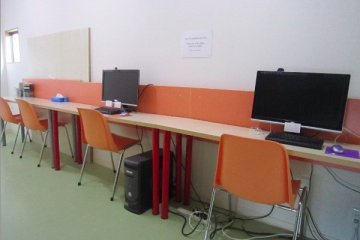


사가노유는 교토의 인기 있는 아라시야마 지역에 있는 약간 독특한 카페다. 이전에 센토 (대중목욕탕)로 쓰였던 이곳은 목욕탕의 흔적을 아직 남긴채 오늘날의 현대식 카페로 리모델링되었다. 타일 아트, 거울과 수도꼭지가 많아 향수를 불러일으킨다. 메뉴는 팬케이크와 디저트, 런치 세트에는 가볍게 샐러드, 파스타나 카레 밥이 있다. 맛있는 러스크 (rusk)와 크래커를 포함한 일본 간식도 판매 중이다. 게다가, 위층에 있는 갤러리에는 장인 실내 장식 모델 (자카)이 전시되어 있다. 사가노유는 오전 11시부터 오후 8시까지 영업하며, 가장 가까운 역은 JR 사가 아라시야마 역과 케이후쿠 전철 란덴 사가 역이다.
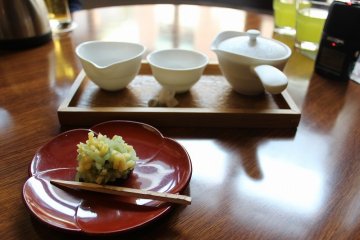

Ninna-ji Temple was founded in 888 and is a Buddhist temple in northeast Kyoto that is closely associated with the imperial family of Japan. It is the main temple of the Omuro school of the Shingon sect of Japanese Buddhism. There are many Omuro School temples throughout Japan and many priests from these temples come to Ninna-ji to attend Buddhist services and to study and train in the main temple of their sect. Ninna-ji Temple is known not only for the building itself, but also for its prime location as a viewpoint for the late cherry blossom. He also has a beautiful Japanese garden from which you can see the famous five-story pagoda. Behind Ninna-ji Temple is the Omuro Pilgrimage, a shorter version of the Shikoku pilgrimage. This route can be covered in about two hours on foot, but is believed to have the same meaning as the Shikoku pilgrimage.

Toei Kyoto Studio Park is a theme park and film set modeled after the Edo period located in Kyoto, Japan that opened its doors in 1975. It is situated in Toei Company's Kyoto Studio where movies have been produced. [Wikipedia]
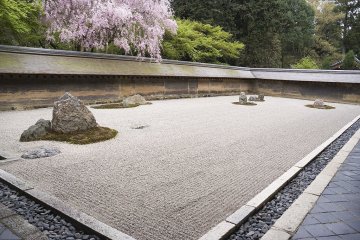
Ryoanji Temple is home to Japan’s most famous Zen stone garden and one of Kyoto’s most iconic scenes. Believed to be built back in the Muromachi period (14th - 16th century), the origin and designer of the garden is still unknown to this day. The stones in the garden are intentionally placed so that one cannot view all 15 stones from any one angle. The meticulous design of this karesansui (Japanese rock garden) leads many to credit the celebrated artist, Soami, as the garden’s creator—albeit unproven. The 248-square meter garden bears little trace of greenery, and is instead immaculately lined with raked white gravel. The seemingly random placement of the stones adds to the mystique of Ryoan-ji, its abstract layout leaving visitors questioning the meaning and purpose of the garden. While the garden remains a mystery, the history of Ryoanji Temple is well documented. The temple buildings were originally a Heian Period villa, and were converted into a Zen temple in 1450. Now, Ryoanji is part of the Myoshin-ji school in the Rinzai sect of Zen Buddhism. In 1994, Ryoanji’s immaculate zen stone garden was recognised as a UNESCO World Heritage Site, and is also designated as a Historic Monument of Ancient Kyoto.